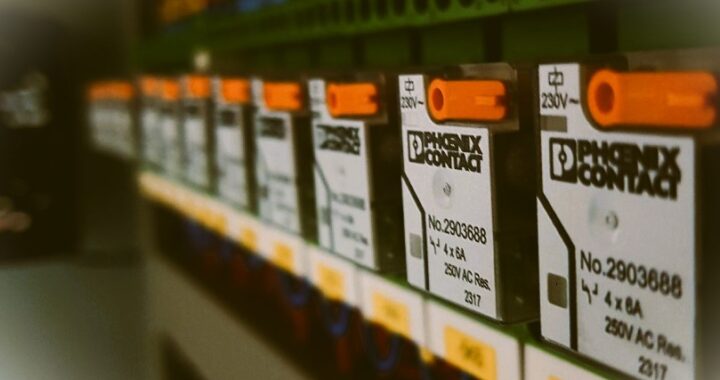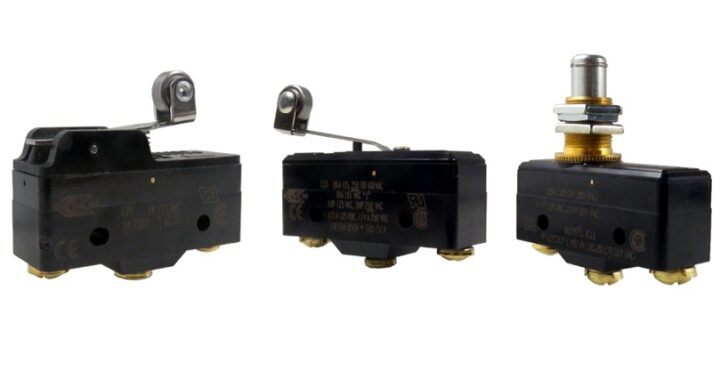Normally Open (NO) vs Normally Closed (NC): An Overview

There are different contact scheme configurations to solve the various needs of the appliance problems: Normally open contacts (NO), normally closed contacts (NC), and change-over contacts (CO) are the basic configurations. By using these basic contacts, we can construct many configurations to succeed in solving the problems of appliances. I define and compare these contacts for you. After reading you will fully understand their differences.
What is a Normally Open Contact?
The contact in relays or switches that is normally open; and closes upon operation is called normally open contact.
It is also called front contact, make contact and form A contact.

Normally open (NO) contact does not conduct electrical energy in its initial position. The force that moves the normally open to the closed position can be a physical action or electromagnetic energization.
For example;
If you press a normally open pushbutton, the contact of the button changes its position to closed and starts to conduct electricity. Or if you energize the coil of a contactor the magnetic force of the coil will push the main contact and electrons starts to flow from one point to another.
Some applications of NO contact are pushbuttons, light switches, doorbells, footswitches, NO contactors, and relays.
What is a Normally Closed Contact?
The contact in relays or switches that is normally closed; and opens upon operation is called normally closed contact.
It is also called back contact, break contact, or form B contact.

Normally closed contact (NC) is the exact opposite of normally open contact by function. Normally closed contact conducts electrical energy in its initial position. The force that moves normally close to the open position can be a physical action or electromagnetic de-energization.
Some applications of NC contact are emergency stop buttons, NC contactors, and relays.
What is a Changeover Contact?
A combination of normally closed and normally open contact is referred to as a changeover contact.
The roots of the normally open and normally closed contacts are connected. Therefore, the changeover contact (CO) has three connections. It is also called switch-over contact, transfer contact, or Form C contact.

Some applications of CO contact are control relays and PLCs.
Comparison of NO, NC, and CO contacts


 Types of Timer Relays and Their Applications
Types of Timer Relays and Their Applications  Relay Applications: Real-Life And Industrial Examples
Relay Applications: Real-Life And Industrial Examples  Types of Micro Switches and Their Applications
Types of Micro Switches and Their Applications  Best Voltage Testers for Home Use: 2023 Edition
Best Voltage Testers for Home Use: 2023 Edition  Advantages of Transducers for Optimal Measurement
Advantages of Transducers for Optimal Measurement  Advantages of Infrared Sensors: Improved Accuracy and More
Advantages of Infrared Sensors: Improved Accuracy and More